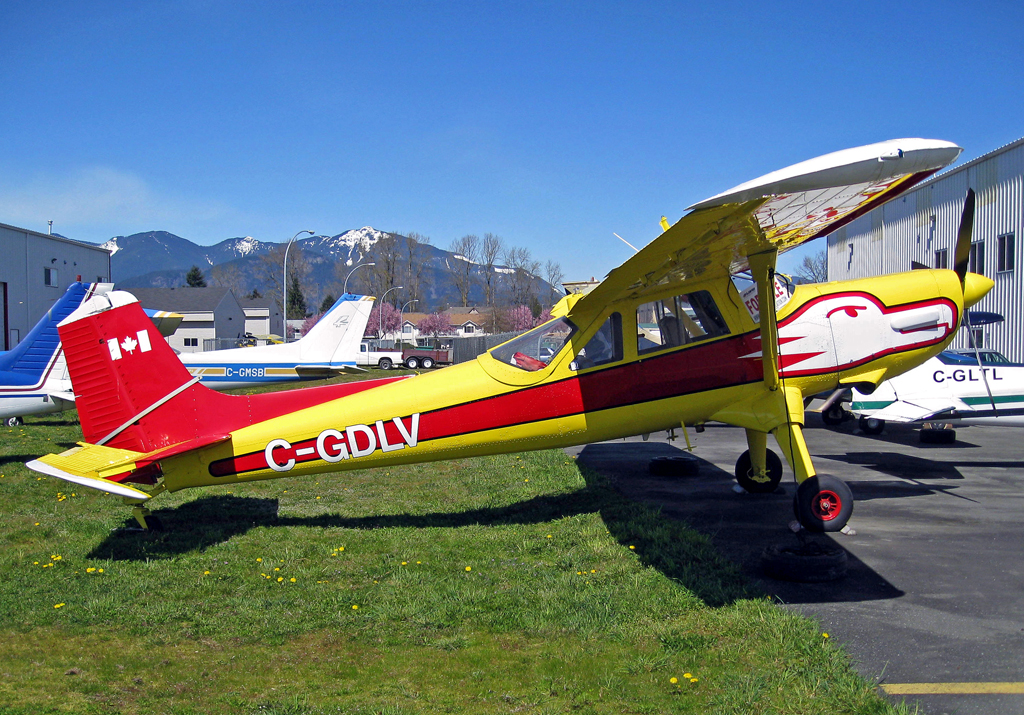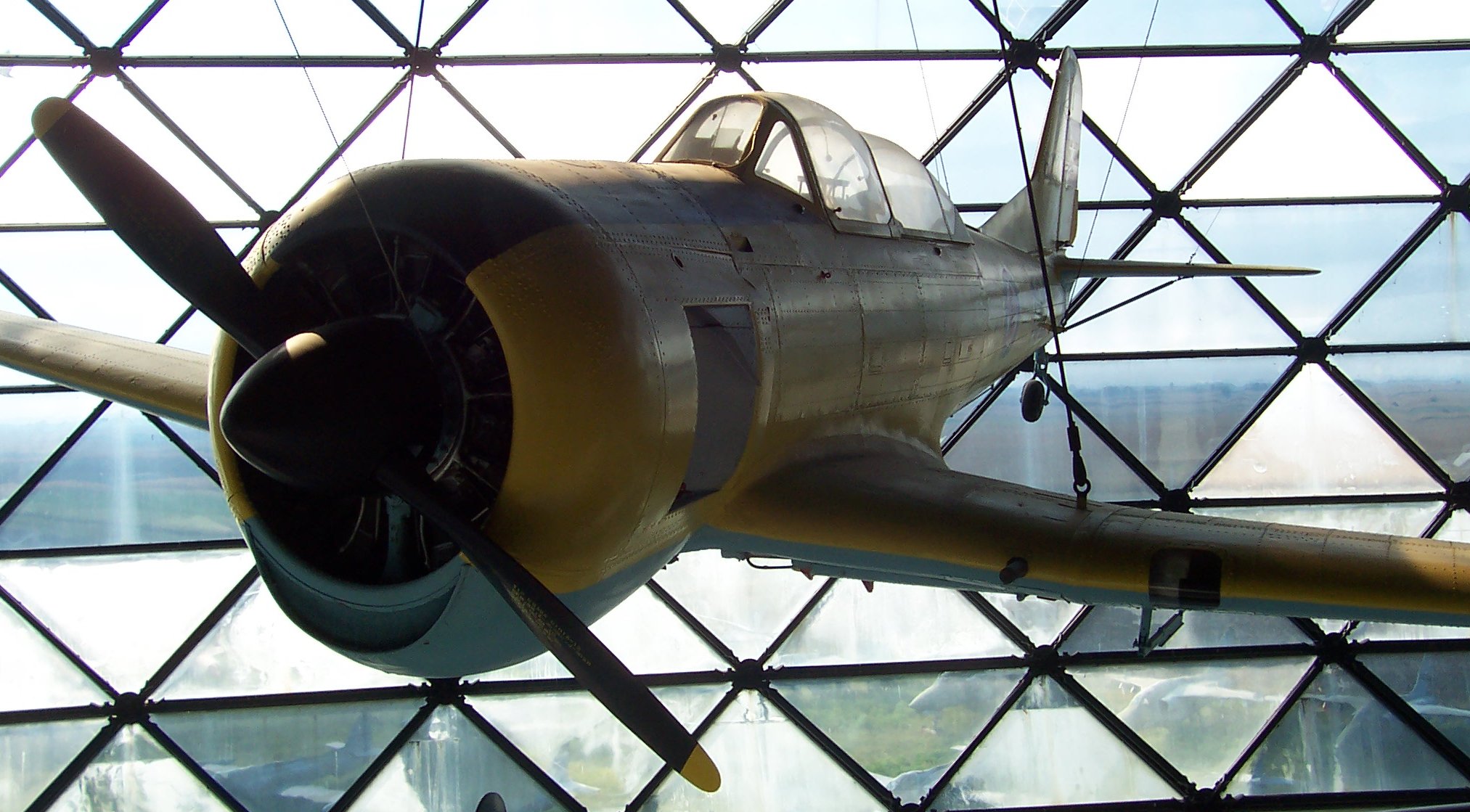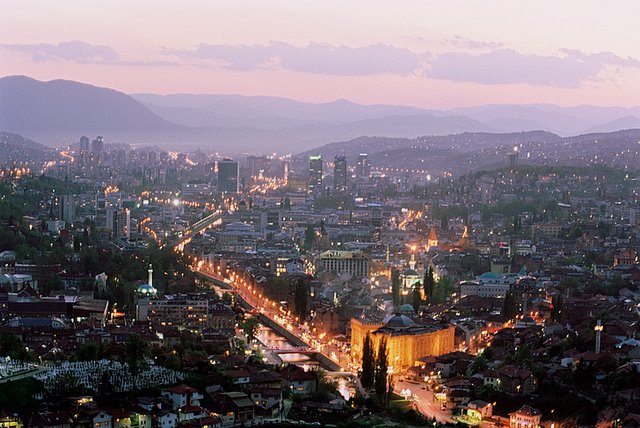|
462nd Light Combat Aviation Squadron
The 462nd Light Combat Aviation Squadron (''Serbo-Croatian: 462. eskadrila lake borbene avijacije / 462. ескадрила лаке борбене авијације'') was an aviation squadron of Yugoslav Air Force formed in 1953 at Rajlovac airfield as Training Squadron of 37th Aviation Division (''Serbo-Croatian: Trenažna eskadrila 37. vazduhoplovne divizije / Тренажна ескадрила 37. ваздухопловне дивизије''). History Squadron was part of 29th Aviation Division. It was equipped with US-made F-47D Thunderbolt fighter-bombers and Yugoslav-made Ikarus 213 trainers. In 1959 due to the Drvar reorganization this squadron became the Light Combat Aviation Squadron of 7th Air Command (''Serbo-Croatian: Vazduhoplovna eskadrila lake borbene avijacije 7. vazduhoplovne komande / Ваздухопловна ескадрила лаке борбене авијације 7. ваздухопловне команде''). Squadron was again renamed and renumb ... [...More Info...] [...Related Items...] OR: [Wikipedia] [Google] [Baidu] |
Yugoslav Air Force
The Air Force and Air Defence ( sh-Cyrl-Latn, Ратно ваздухопловство и противваздушна одбрана, Ratno vazduhoplovstvo i protivvazdušna odbrana ; abbr. sh-Cyrl-Latn, label=none, separator=/, РВ и ПВО, RV i PVO), was one of three branches of the Yugoslav People's Army, the Yugoslav military. Commonly referred-to as the Yugoslav Air Force, at its height it was among the largest in Europe. The branch was disbanded in 1992 after the Breakup of Yugoslavia. In the year 1990, the Air Force had more than 32,000 personnel, but as a result of its more technical requirements, the Air Force had less than 4,000 conscripts. History 1918–1941 World War II, Soviet influence By early 1945, Yugoslav Partisans under Marshal Tito had liberated a large portion of Yugoslav territory from the occupying forces. The NOVJ partisan army included air units trained and equipped by Britain (with Supermarine Spitfires and Hawker Hurricanes, see Balkan Air ... [...More Info...] [...Related Items...] OR: [Wikipedia] [Google] [Baidu] |
Utva 66
The UTVA-66 is a STOL aircraft, which was produced in the former Yugoslavia. It was developed from the UTVA-60 and first flew 1966. Description The aircraft was built for landing on unprepared fields and its STOL characteristics include leading edge fixed slats, flaps and drooping ailerons. The cockpit is equipped with dual flight controls. The right front and rear seats in the older version of the aircraft were able to accommodate two stretchers. The aircraft had floats to land on water, but they could have been exchanged for snow skis. Operational usage 130 UTVA-66 aircraft were manufactured. The last operational aircraft were withdrawn from military service in 1999. Subsequently, a number were sold to Canada and the United States of America where they were converted for civilian use as rugged utility aircraft. Variants * 66AM air ambulance * 66H * 66V * 66 Super STOL * 66A never entered military service Former military operators ; * Bosnian Air Force ; * Croatian Air F ... [...More Info...] [...Related Items...] OR: [Wikipedia] [Google] [Baidu] |
Soko J-20 Kraguj
The Soko J-20 Kraguj (''Sparrowhawk'') is a light military, single-engine, low-wing single-seat aircraft with a metal airframe, capable of performing close air support, counterinsurgency (COIN), and reconnaissance missions, that was designed by VTI VTI may refer to: * Virtual TI (Virtual Texas Instruments Calculator) * The Vanguard Group Total Stock Market ETF, an exchange-traded fund with ticker symbol VTI * Velocity time integral, a measurement in echocardiography * Vermeer Technologies, ... and manufactured by SOKO of Yugoslavia, first flown in 1962. Design It is of classic semi-monocoque, metal structure with a slightly tapered wing. The pilot is accommodated in an enclosed, heated and ventilated cockpit with adjustable seats. The cockpit canopy slides backwards to open. The landing gear is non-retractable with a tail wheel. Rubber dampers provide shock absorption, and hydraulic brakes are used for wheel braking. The power plant comprises one 340 hp Textron Lycomi ... [...More Info...] [...Related Items...] OR: [Wikipedia] [Google] [Baidu] |
Soko 522
The Soko 522 was a two-seater Yugoslav military training and light attack aircraft produced in the 1950s by SOKO in Yugoslavia. History The ''Soko 522'' was designed by Yugoslav engineers Šostarić, Marjanović and Čurčić at the Ikarus Aircraft Factory in Zemun. The first prototype flew in February 1955. After the initial success of the new aircraft, production was transferred to the Soko aircraft factory in Mostar. Production lasted until 1961 and totalled 110 units. It was used as the primary trainer aircraft for the Yugoslav air force until it was retired in 1978. It gained some fame for its role in war movies filmed in Yugoslavia during the 1960s and 1970s, where it was used to portray the Fw 190 German fighter. Some of its prominent movie roles were in the Yugoslav Oscar candidate '' Battle of Neretva'' and ''Kelly's Heroes'', starring Clint Eastwood. Operators ; *Yugoslav Air Force **460th Light Combat Aviation Squadron (1961–1967) ** 461st Light Combat Aviation Squ ... [...More Info...] [...Related Items...] OR: [Wikipedia] [Google] [Baidu] |
Ikarus 213
Utva 213 Vihor was a late 1940s Yugoslavian two-seat advanced trainer. Design and development Designed and built by the Yugoslav state factory, the Type 213 was first flown in 1949, a cantilever low-wing monoplane powered by a Ranger SVG-770-CB1 engine. The prototype had a conventional landing gear which retracted forward, the second prototype and production aircraft had a wider track main gear that retracted inwards. It had an enclosed cockpit for the instructor and student in tandem under a long glazed canopy. For training the Vihor had two forward-facing machine guns and could carry up to 100 kg of bombs. In 1957 an improved radial engine The radial engine is a reciprocating type internal combustion engine configuration in which the cylinders "radiate" outward from a central crankcase like the spokes of a wheel. It resembles a stylized star when viewed from the front, and is ...d variant entered service as the Type 522. Aircraft on display One aircraft is on ... [...More Info...] [...Related Items...] OR: [Wikipedia] [Google] [Baidu] |
P-47 Thunderbolt
The Republic P-47 Thunderbolt is a World War II-era fighter aircraft produced by the American company Republic Aviation from 1941 through 1945. It was a successful high-altitude fighter and it also served as the foremost American fighter-bomber in the ground-attack role. Its primary armament was eight .50-caliber machine guns, and it could carry 5-inch rockets or a bomb load of . When fully loaded, the P-47 weighed up to 8 tons, making it one of the heaviest fighters of the war. The Thunderbolt was effective as a short-to medium-range escort fighter in high-altitude air-to-air combat and ground attack in both the European and Pacific theaters. The P-47 was designed around the powerful Pratt & Whitney R-2800 Double Wasp 18-cylinder radial engine, which also powered two U.S. Navy/U.S. Marine Corps fighters, the Grumman F6F Hellcat and the Vought F4U Corsair. An advanced turbosupercharger system ensured the aircraft's eventual dominance at high altitudes, while also infl ... [...More Info...] [...Related Items...] OR: [Wikipedia] [Google] [Baidu] |
Sarajevo Military Airport
Sarajevo ( ; cyrl, Сарајево, ; ''see names in other languages'') is the capital and largest city of Bosnia and Herzegovina, with a population of 275,524 in its administrative limits. The Sarajevo metropolitan area including Sarajevo Canton, East Sarajevo and nearby municipalities is home to 555,210 inhabitants. Located within the greater Sarajevo valley of Bosnia, it is surrounded by the Dinaric Alps and situated along the Miljacka River in the heart of the Balkans, a region of Southern Europe. Sarajevo is the political, financial, social and cultural center of Bosnia and Herzegovina and a prominent center of culture in the Balkans. It exerts region-wide influence in entertainment, media, fashion and the arts. Due to its long history of religious and cultural diversity, Sarajevo is sometimes called the "Jerusalem of Europe" or "Jerusalem of the Balkans". It is one of a few major European cities to have a mosque, Catholic church, Eastern Orthodox church, and synagogue ... [...More Info...] [...Related Items...] OR: [Wikipedia] [Google] [Baidu] |
103rd Reconnaissance Aviation Regiment
The 103rd Reconnaissance Aviation Regiment (''Serbo-Croatian: 103. izviđački avijacijski puk / 103. извиђачки авијацијски пук'') was a unit established in 1947 as the Reconnaissance Aviation Regiment (''Serbo-Croatian: izviđački avijacijski puk / извиђачки авијацијски пук''). History Reconnaissance Aviation Regiment The regiment was formed on May 10, 1947, at Mostar from Hurricane and Spitfire fighters of the former 1st Fighter Regiment and Harvard trainers. It was subordinated to the direct command of the Yugoslav Air Force. By 1948 this regiment was renamed like all other units of the Yugoslav Army, becoming the 103rd Reconnaissance Aviation Regiment. 103rd Reconnaissance Aviation Regiment The 103rd Reconnaissance Aviation Regiment was based at Mostar airfield until 1949, when it was re-located to Pančevo airport. In 1952 it moved briefly to Batajnica Air Base, and it subsequently returned to Pančevo where it remained until ... [...More Info...] [...Related Items...] OR: [Wikipedia] [Google] [Baidu] |
Military Aviation Academy
A military, also known collectively as armed forces, is a heavily armed, highly organized force primarily intended for warfare. It is typically authorized and maintained by a sovereign state, with its members identifiable by their distinct military uniform. It may consist of one or more military branches such as an army, navy, air force, space force, marines, or coast guard. The main task of the military is usually defined as defence of the state and its interests against external armed threats. In broad usage, the terms ''armed forces'' and ''military'' are often treated as synonymous, although in technical usage a distinction is sometimes made in which a country's armed forces may include both its military and other paramilitary forces. There are various forms of irregular military forces, not belonging to a recognized state; though they share many attributes with regular military forces, they are less often referred to as simply ''military''. A nation's milit ... [...More Info...] [...Related Items...] OR: [Wikipedia] [Google] [Baidu] |
7th Air Command
The 7th Air Command (''Serbo-Croatian: 7. vazduhoplovna komanda/ 7. ваздухопловна команда'') was a joint unit of Yugoslav Air Force. History It was established by the order from June 27, 1959, per the "Drvar" reorganization plan of Yugoslav Air Force from the command of 37th Aviation Division with command at Rajlovac. In 1961 it suffered a changes in the organization. By the new "Drvar 2" reorganization plan of Yugoslav Air Force, on May 2, 1964, 7th Air Command has been disbanded. Its units were attached to 1st Aviation Corps. The commanders of Air command was Svetozar Radojević. Organization 1959-1961 *7th Air Command ***207th Signal Battalion ***Liaison Squadron of 7th Air Command ***Light Combat Aviation Squadron of 7th Air Command **7th Air Reconnaissance Regiment ** 103rd Reconnaissance Aviation Regiment (1960) **399th Air Base 1961-1964 *7th Air Command ***463rd Light Combat Aviation Squadron ***892nd Liaison Aviation Squadron **7th Air Reconnaissan ... [...More Info...] [...Related Items...] OR: [Wikipedia] [Google] [Baidu] |
37th Aviation Division
The 37th Aviation Division ( sh-Latn, 37. vazduhoplovna divizija, 37. ваздухопловна дивизија) was a unit originally established in 1944 as the 42nd Aviation Assault Division ( sh-Latn, 42. vazduhoplovna jurišna divizija, links=no, 42. ваздухопловна јуришна дивизија). It was formed from Yugoslav Partisan aviators, trained and equipped by the Soviet Air Force. History 42nd Aviation Assault Division The 42nd Aviation Assault Division was established during the December 1944, in Novi Sad, from Yugoslav Partisan aviators with the assistance of the Soviet Air Force 17th Air Army's 10th Guards Assault Aviation Division (165.GShAD). It became independent of Soviet command and personnel in May 1945. The division was part of the Soviet Group of Aviation Divisions, and consisted of three fighter regiments. It took part in the final operations for the liberation of Yugoslavia. During combat operations, its headquarters was at Novi Sad. The d ... [...More Info...] [...Related Items...] OR: [Wikipedia] [Google] [Baidu] |





